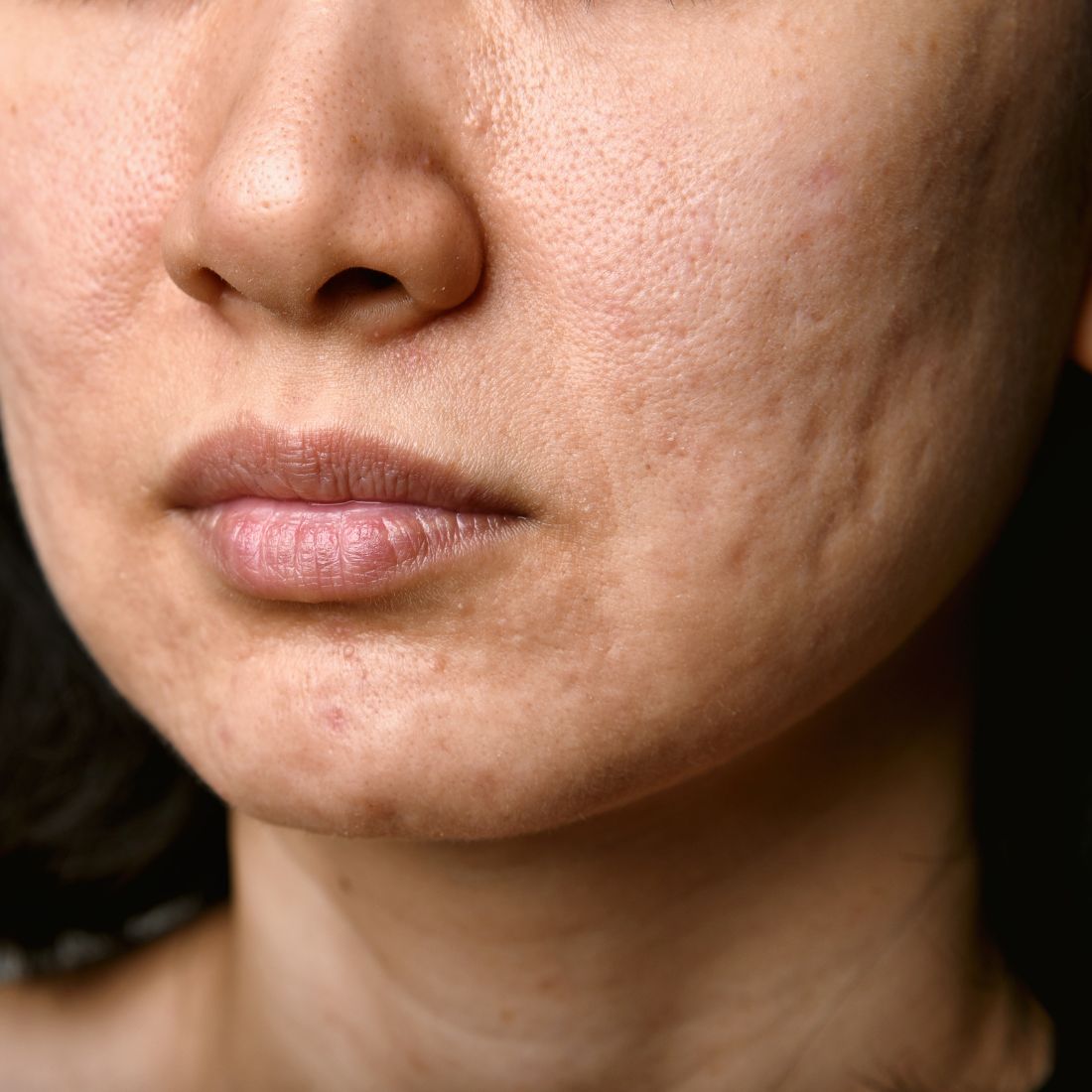By Dr. Peter Klapper Ph.D.,
Acne can leave behind all sorts of reminders on our skin, but few are as stubborn as ice pick scars. These deep, narrow scars are one of the most challenging types to treat, yet understanding them can be the first step toward smoother, more even skin. If you’ve noticed tiny, deep punctures that look like pinprick marks, especially on your cheeks, forehead, or nose, you may be dealing with ice pick scars. Let’s dive into what they are, why they form, and some effective treatments, including natural options.
What Are Ice Pick Scars?
Ice pick scars, also known as atrophic acne scars, are a form of acne scarring characterized by deep, narrow indentations that can make the skin look uneven. Unlike other types of acne scars that may appear flatter or more spread out, ice pick scars are narrow and penetrate deep into the skin, giving them a unique, challenging-to-treat appearance. They’re often mistaken for large pores or tiny holes on the skin’s surface but are much harder to fade without targeted treatment.
How Do Ice Pick Scars Form?
These scars are usually the result of severe acne, especially cystic or nodular acne that causes deep inflammation. When the skin is severely inflamed, it damages the deeper layers of tissue, leading to a loss of collagen. Collagen is the protein that helps our skin stay firm and smooth, and when there’s not enough of it to repair the damaged area, a deep, narrow scar is left behind.
Ice pick scars most commonly appear on areas of the face prone to severe acne, like the cheeks, forehead, or nose. They’re particularly stubborn because of their depth, which makes surface treatments less effective.
How to Treat Ice Pick Scars
Treating ice pick scars can be challenging, but there are a variety of methods that can help reduce their appearance. These include professional dermatological treatments as well as natural remedies you can try at home.
Professional Treatments for Ice Pick Scars
- Chemical Peels: Chemical peels involve applying a solution to the skin that removes its top layer, promoting new skin growth. While they’re generally more effective for surface-level scars, they can sometimes help smooth out the appearance of ice pick scars.
- Microdermabrasion: This treatment uses tiny crystals or a diamond-tipped wand to gently exfoliate the skin’s surface. While more effective for shallow scars, it can be combined with other treatments for better results on ice pick scars.
- Microneedling: This popular treatment involves tiny needles that create micro-injuries in the skin, stimulating collagen production. Over time, this helps fill in scars and improve the skin’s texture.
- Laser Resurfacing: Lasers can target deeper layers of skin, promoting new collagen formation and helping to smooth out pitted scars. Fractional lasers are often recommended for ice pick scars due to their effectiveness.
- Aloe Vera Gel: Known for its healing properties, aloe vera can help reduce redness and promote skin repair. Although it may not fully fill in deep scars, it can help soothe the area and support healthy skin regeneration.
- Tea Tree Oil: This natural antiseptic is a popular acne remedy. While it won’t directly reduce scar depth, it can help prevent further acne breakouts and inflammation, which is key to minimizing future scarring.
- Rosehip Seed Oil: Rosehip oil is rich in essential fatty acids and antioxidants, which help repair the skin. Regular application may soften scar edges, making ice pick scars less noticeable over time.
- Vitamin C Serums: Vitamin C is a powerful antioxidant that brightens skin and boosts collagen production. Applying a vitamin C serum regularly can help even out skin tone, making ice pick scars appear less prominent.
- Honey and Cinnamon Mask: Both honey and cinnamon have anti-inflammatory and healing properties. Applying a mask made of these ingredients a few times a week can help nourish the skin and potentially reduce the appearance of scars over time.
- Forces of Nature Scar Control: Certified Organic, this powerful yet gentle remedy that is a deep-reaching formula is designed to soften and smooth your skin, helping reduce the look of everything from acne scars to keloids. It’s great for old and new scars alike, working to even out texture and give your skin a more balanced, refreshed feel.
Finding the Right Treatment for You
The best approach to treating ice pick scars often combines professional treatments with natural remedies for maintenance. A dermatologist can provide guidance on the most effective treatments for your skin type and scar depth, while natural options can be a gentle way to support your skin’s healing between treatments.
Ice pick scars can be persistent, but with patience and the right treatments, you can improve their appearance. Remember, skincare is a journey, and results take time. Embrace a consistent routine, explore treatments that work for you, and celebrate every step toward smoother, more confident skin.


